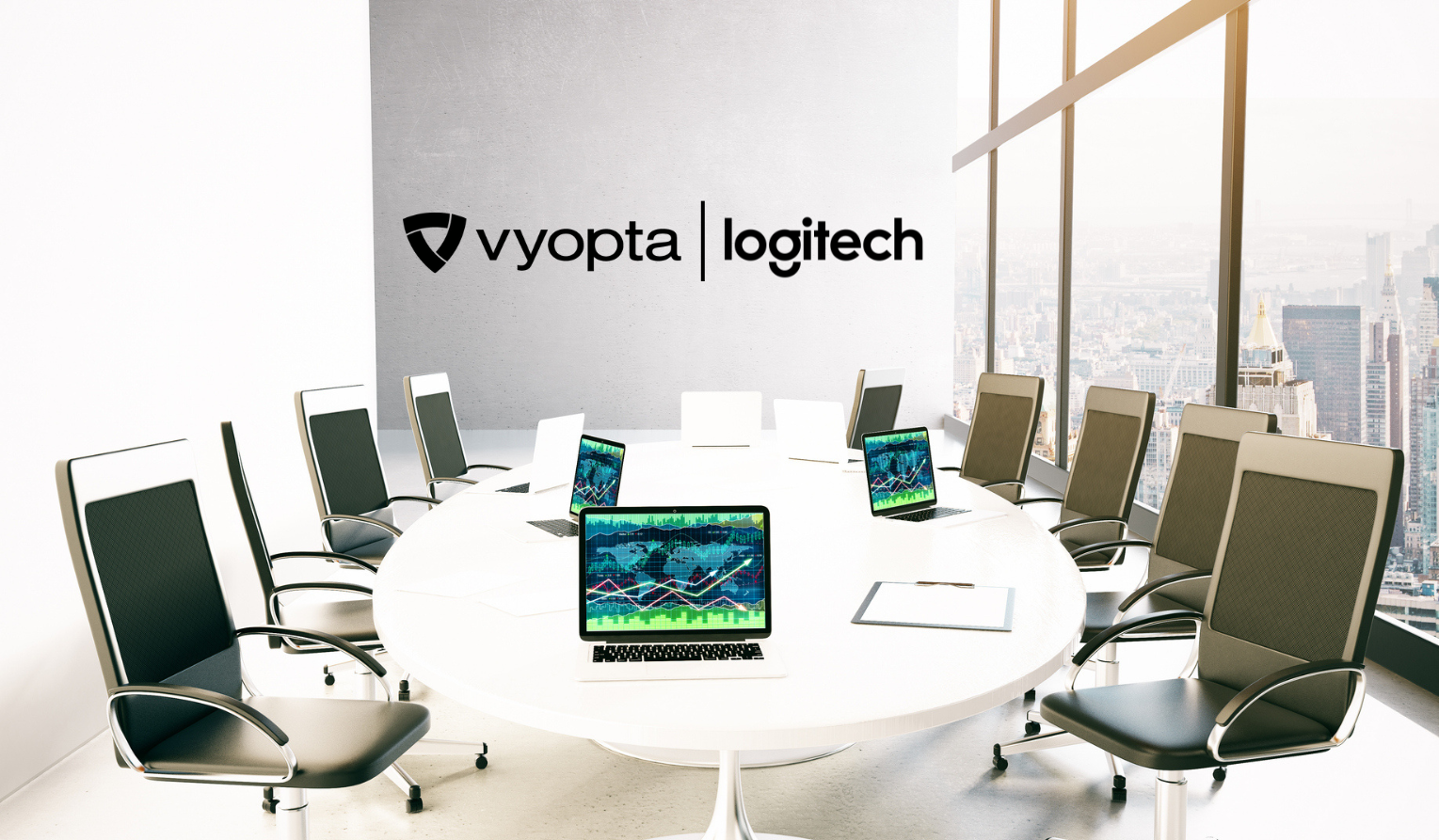
What are People Sensors?
People sensors, people counters, occupancy sensors, anonymized person detectors- there are a lot of names that can be used to describe the technology that allows businesses to detect the number of occupants in a workplace area at any given time. Whether it be in a conference room, a main lobby, or even beside your desk, you’re being watched.
Just kidding, the people sensor technology I’m going to cover in this write up is fully anonymized and cannot collect any more data any more granular than the times that someone is near it, or that someone is speaking. While the data collection itself is surface level, the analytics that can be gained from it can inform decisions that transform how organizations operate. In this blog I’ll give a breakdown of how people sensors work, and the evolving use cases that collaboration and facilities teams are developing to transform their workspaces.
The People Sensor
You can probably guess what people sensors do from their name alone, but the way that they collect data can be a little more complex. In the most basic form, people sensors are essentially motion sensors that can detect when a person moves near them. In more advanced forms they use video to produce detailed infrared heat maps and motion tracking of people in a given place like the Meraki MV12 (these mostly used for retail companies to track consumer behavior).
For internal purposes, most people tracking comes from a stand alone product that one can place anywhere in the office to track which locations they want to gather data on, or as a feature on a more complex product such as the Cisco Room 55.
Below you can see some examples of Cisco endpoint capabilities for people presence and people count:

These devices can help collect data about which workspaces are being utilized, how many people are using them. Pretty neat in itself right? But the true power of this data is when it’s combined with other factors such as meeting scheduling and room technology usage.
Analytics and Action
There’s a vast amount of information that you can gain from occupancy data alone, but when you can display it with other metrics such as technology usage, meeting scheduling, and audio and video reporting, you can come away with actionable insights that can transform a workspace.
Check out Frost & Sullivan’s Ebook to see if you’re getting the most out of your meeting spaces.
You know those giant conference rooms that always have the same two people in them? People sensors can help prevent that. You know the person who books rooms but doesn’t attend? People sensors can help prevent that. That entire side of the office that no one visits? People sensors can help prevent that.
In a more business oriented sense, the ROI on running analytics in the workspace can be massive. In some cases saving millions by optimizing meeting spaces and facilities to match the current state of facilities and collaboration.
Workspace Insights
At Vyopta we offer Workspace Insights that can do all of the things listed here and more by tacking over 60 individual performance metrics that can help you:
- Discover how people are using spaces in and out of scheduled meeting times, and correct undesirable booking behavior
- Identify trends by site, room type, department or geographic location, and take action to grow adoption
- Understand how deployed technology is being leveraged across the organization, in and outside of calls.
Check out how Workspace can help you filling out our ROI calculator to see how much you can save, or check out our online demo below:




